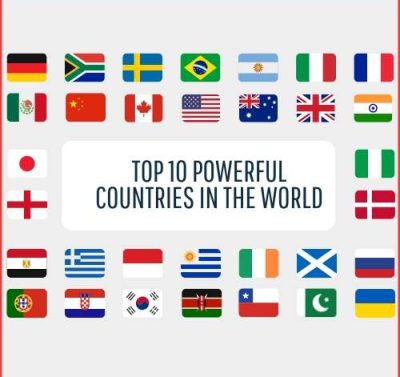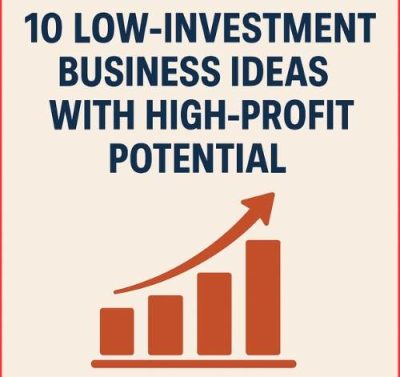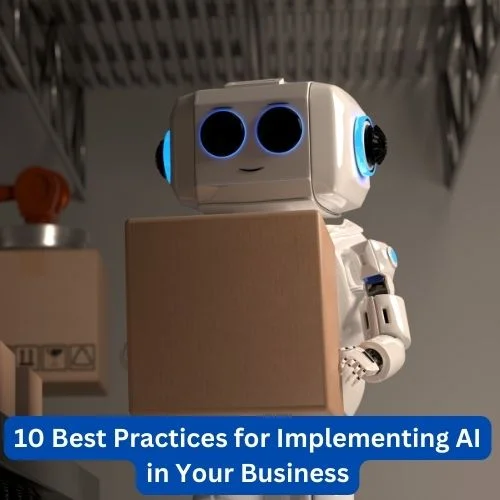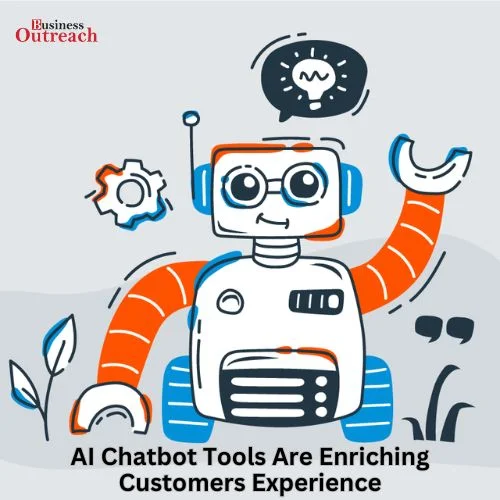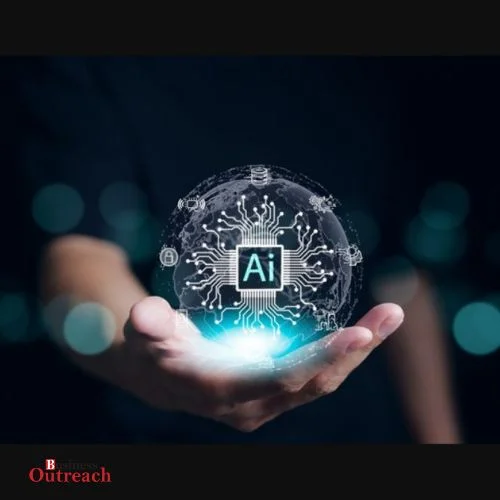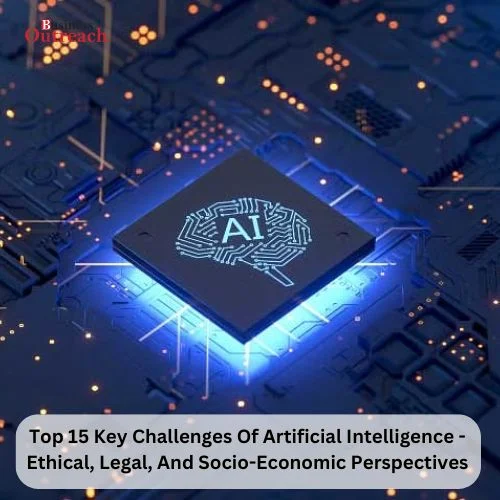As Builder.ai’s founder and Chief Wizard Sachin Dev Duggal mentioned we are in the AOL phase of AI. That’s a fitting comparison to where artificial intelligence stands today, akin to the early days of the internet, and the strides that have been made over just the past year are undeniable. The evolution of AI isn’t just about groundbreaking inventions; it’s about democratization, unlocking a once enigmatic technology confined to Silicon Valley and bringing it into our daily lives, just a chat away. The excitement around AI has reached a fever pitch, setting the stage for a transformative journey that could reshape our interactions with jobs, each other, and technology.

AI Evolution: A Beacon of Empowerment, Not Fear
In one of the interviews in the past Sachin Duggal also said that “AOL made the internet easily understandable for folks. BlackBerry made messaging understandable and st one point it was the most popular device, and people were queuing up to get the phone. It was the Apple of its era.”
The foremost idea we must embrace is that AI’s evolution shouldn’t be a harbinger of fear in the workplace; instead, it’s a catalyst for empowerment, aiming to complement rather than displace the workforce. As Sachin Dev Duggal, Chief Wizard and Co-founder of Builder.ai mentioned, we shouldn’t confuse tasks with jobs and jobs with careers and he also highlighted that AI is here to simplify the tasks not to steal any jobs. There will always be a need for human touch as no machine can do what a person’s EQ can do. Despite the words of some doomsayers, the trajectory of AI hints at collaborative opportunities at work, not mass job displacement. Every disruptive technology, like Ford’s assembly line, has reshaped industries while enriching the workforce.
Automation, while streamlining tasks, sparks a demand for diversified skills. AI’s integration liberates professionals across a wide range of industries from mundane tasks, allowing them to channel their energies into creativity, innovation, and strategic thinking—distinctly human qualities that thrive in the business landscape. Sachin Dev Duggal also emphasized the fact that in the coming year, the narrative will shift to one where AI becomes an ally, enhancing human capabilities at work. Upskilling initiatives will surge, and education on mastering AI tools will take centre stage.
Navigating the Regulatory Seas
The global attention on AI has prompted governments worldwide to grapple with its implications. While the creative potential of AI garners applause, the emergence of deepfakes and rampant misinformation highlights the urgent need for regulations. While we’ve seen rumblings in 2023, the next few years will likely bring much more concerted efforts to curb nefarious uses of AI. However, balancing regulation and innovation demands international collaboration to establish universal ethical parameters.
Ethical AI guidelines must encompass diverse realms—from bias mitigation, varying across regions and cultures, to data privacy, a concept with differing interpretations globally. It’s a nuanced landscape demanding global cohesion.
Multimodal AI: Paving the Way for Complex Possibilities
What sets multimodal AI apart from its predecessors that captured the limelight in the past? Traditional AI models handle singular data inputs, whereas multimodal learning processes multiple types of data concurrently. It’s a system amalgamating various data types to drive more accurate conclusions or predictions about real-world problems.
These systems – processing video, audio, speech, images, text, and traditional numerical datasets – enable AI to comprehend context better. Multimodal AI is poised to redefine the AI landscape, infusing complexity and human-like understanding into technology’s capabilities. It promises more intuitive interactions in language translation, content creation, healthcare diagnostics, and autonomous vehicles—addressing a long-standing user pain point.
Forging Ahead: Collaboration and Adaptation
Collaboration emerges as the linchpin for progress. In an ideal world, individuals and organizations embrace AI’s evolution with adaptability, harnessing its potential for collective benefit. Education will be pivotal bridging the knowledge gap to navigate the AI landscape effectively. This transformation mirrors the internet’s early days, allowing AI to evolve beyond its AOL stage, making it more accessible and propelling societal progress to new frontiers.
The dawn of the future heralds an era of collaboration, adaptation, and unlocking of AI’s potential for the greater good. It’s a moment in history that echoes the democratization of previous technological innovations, poised to elevate our collective capabilities, and redefine the fabric of human-machine interaction.






